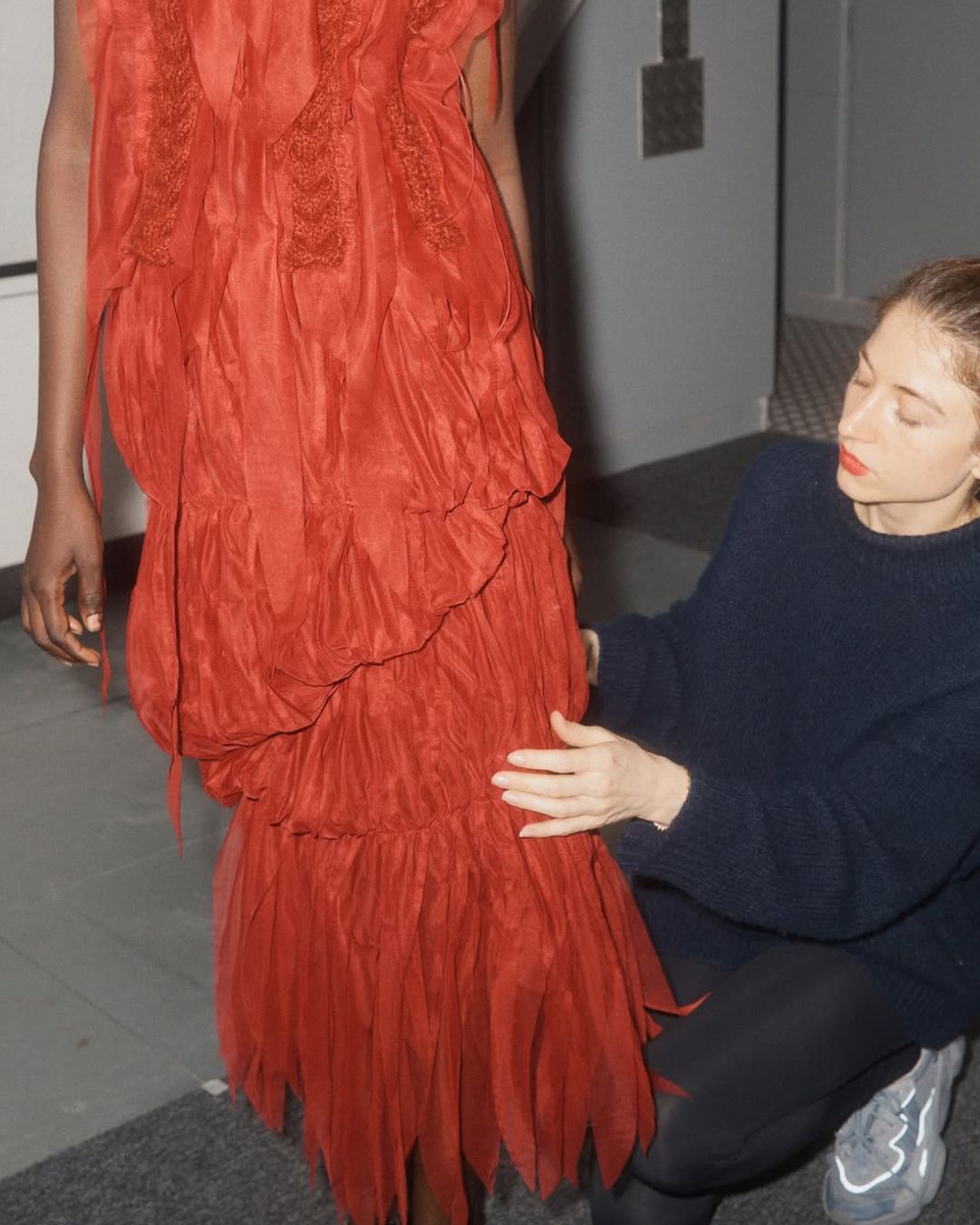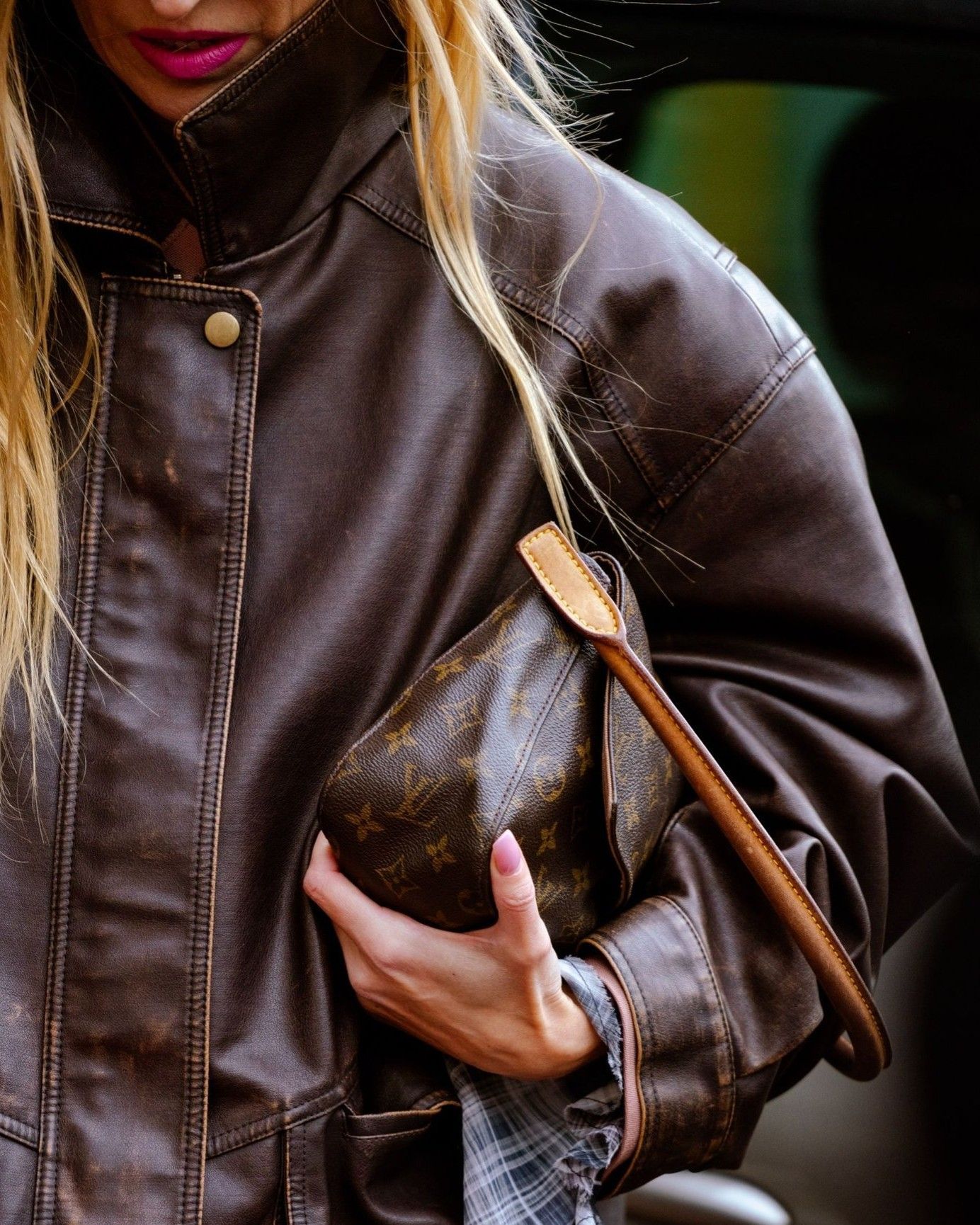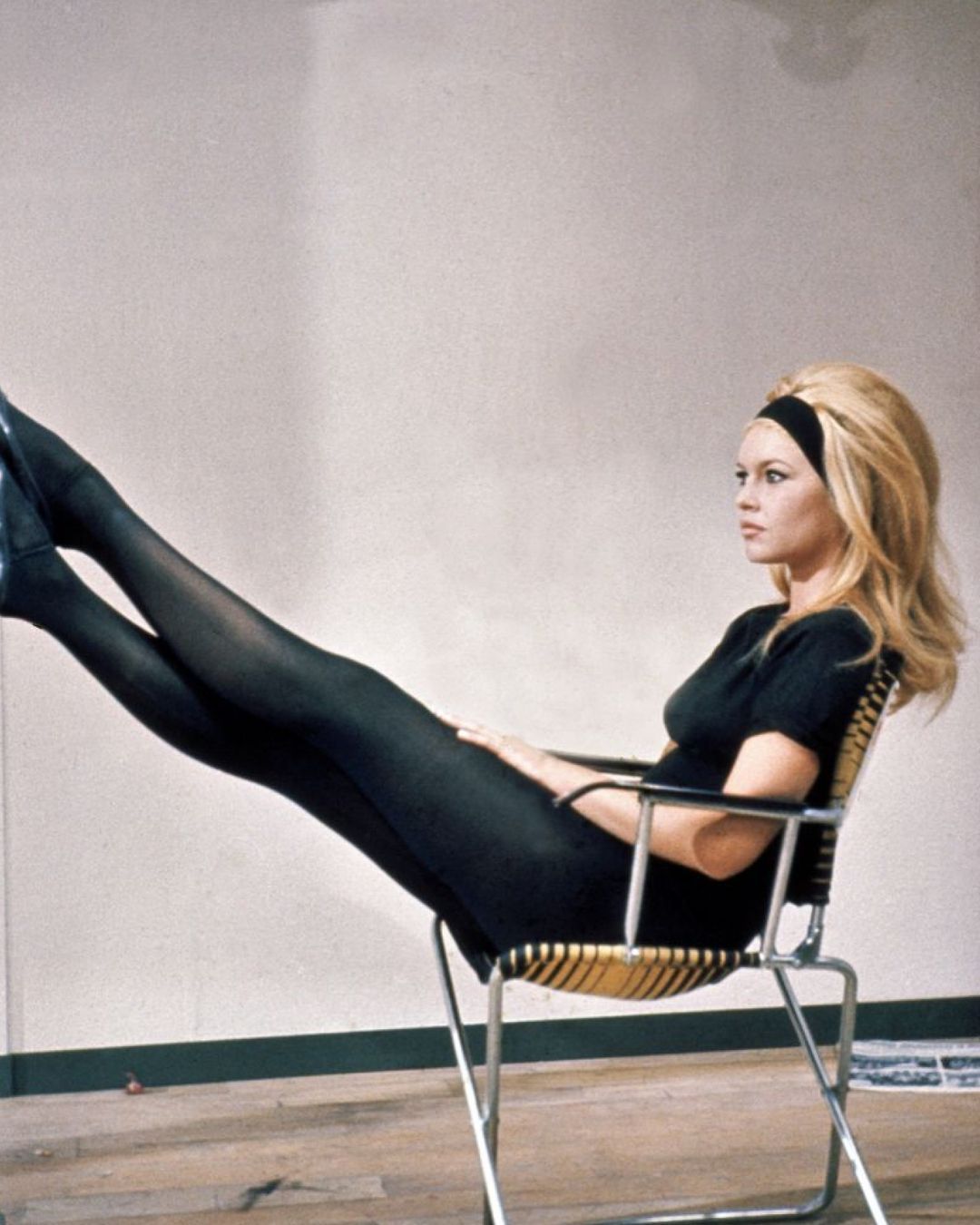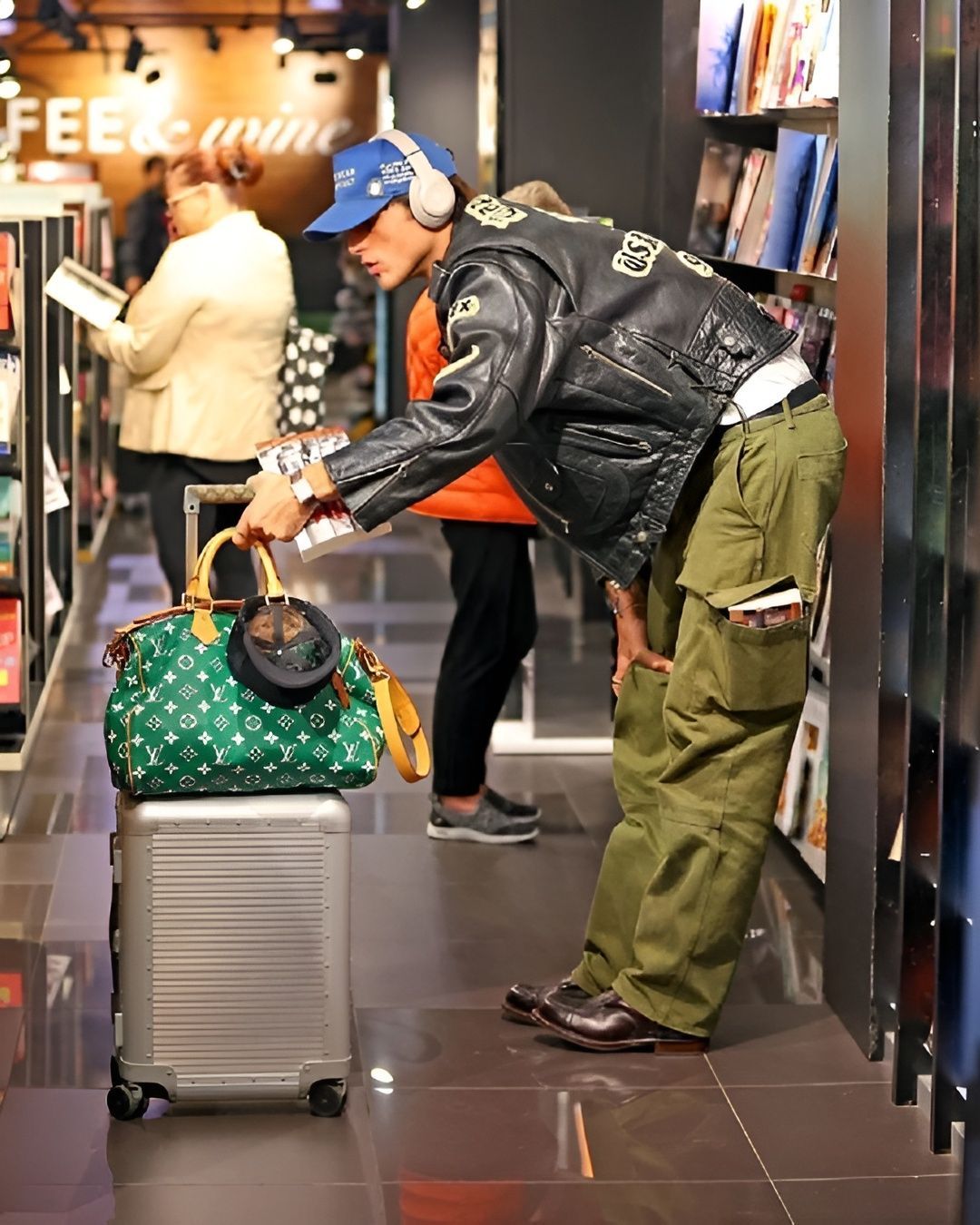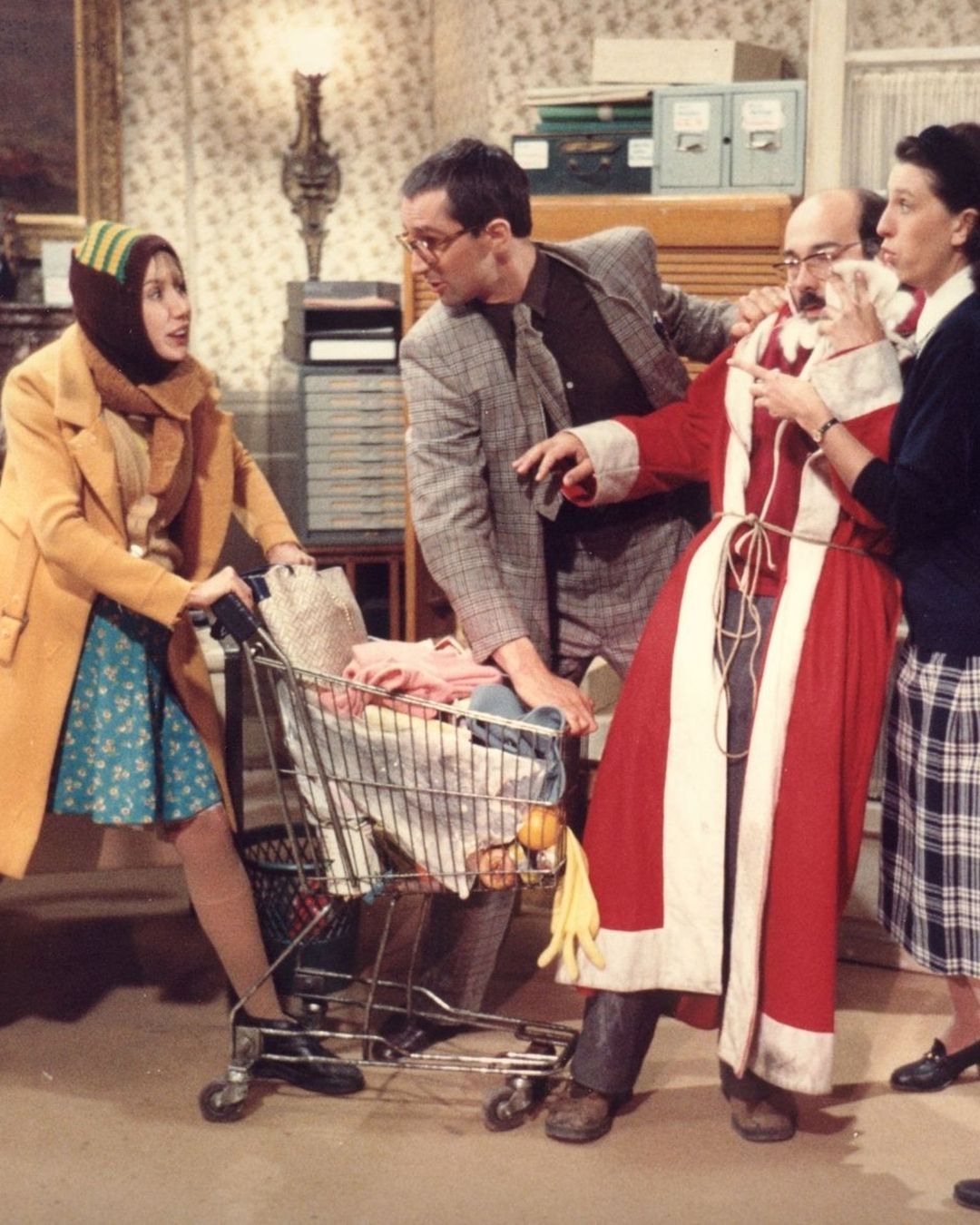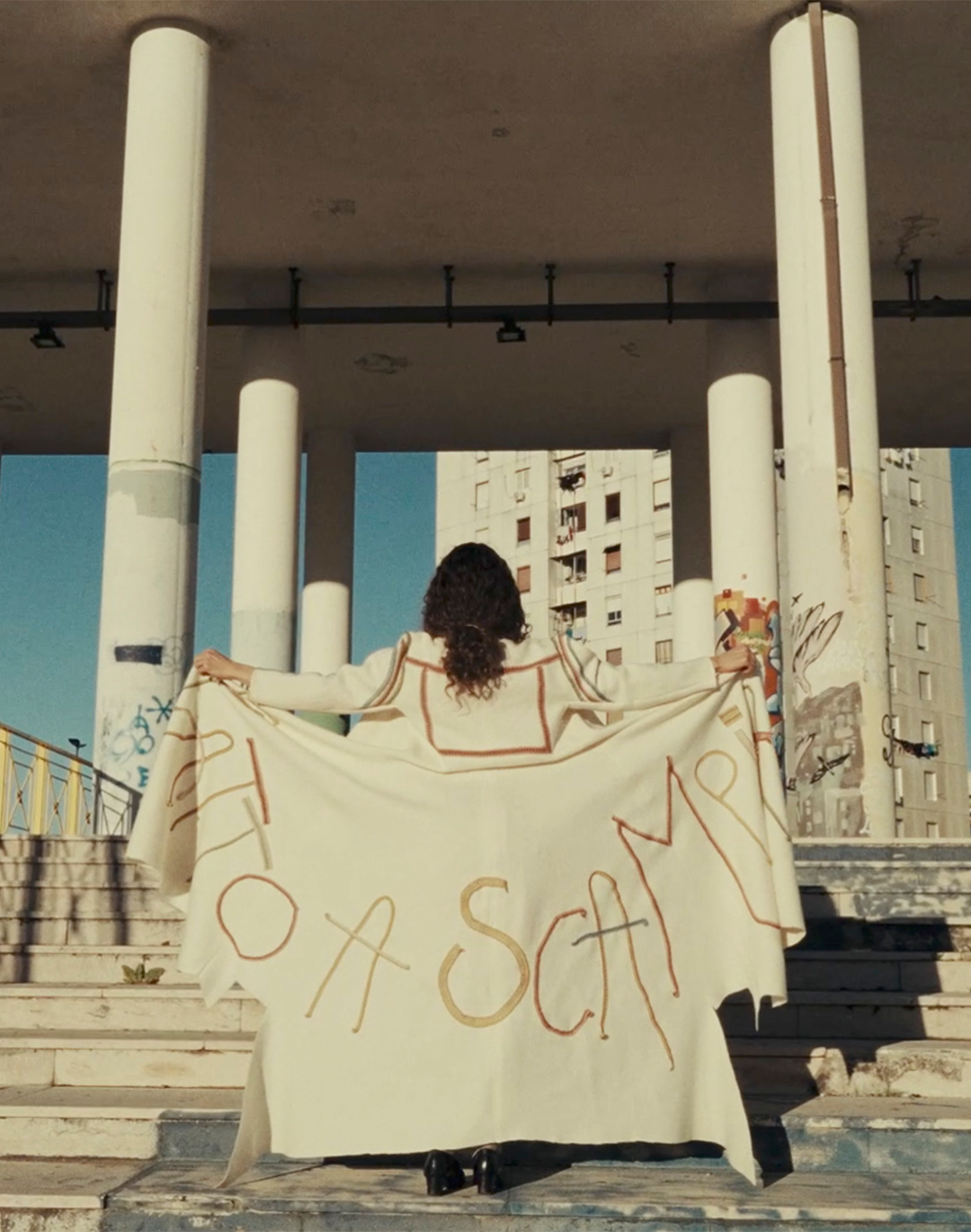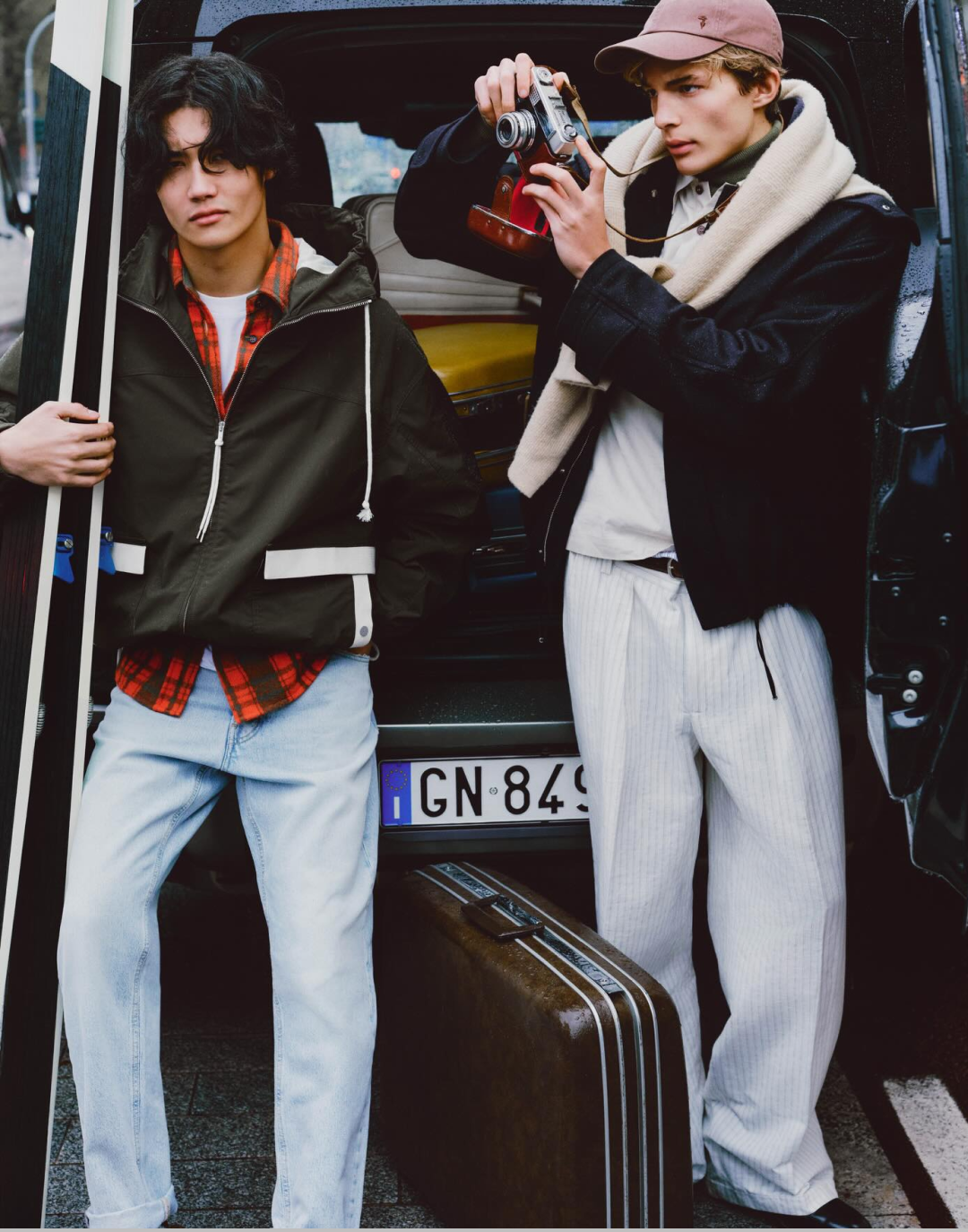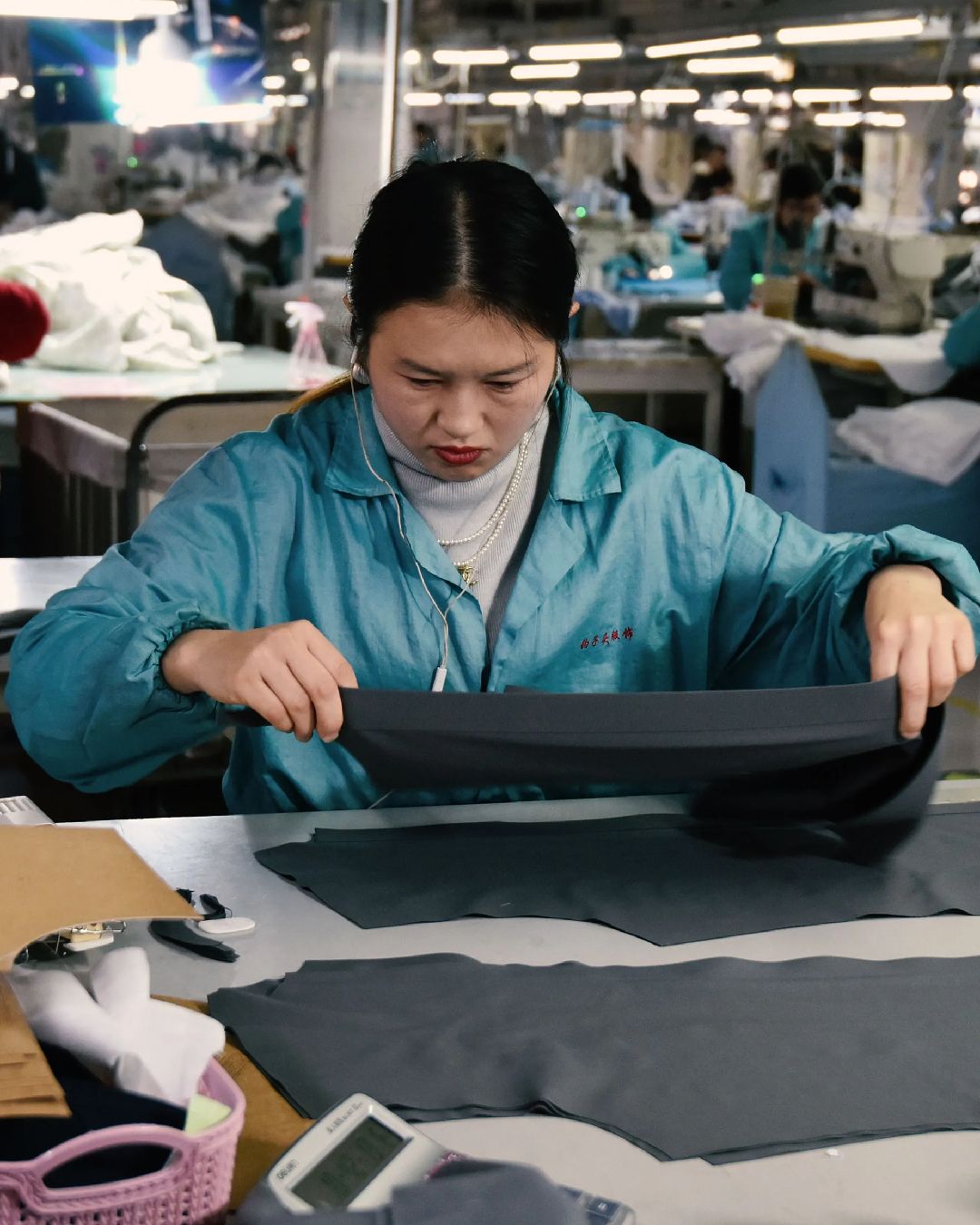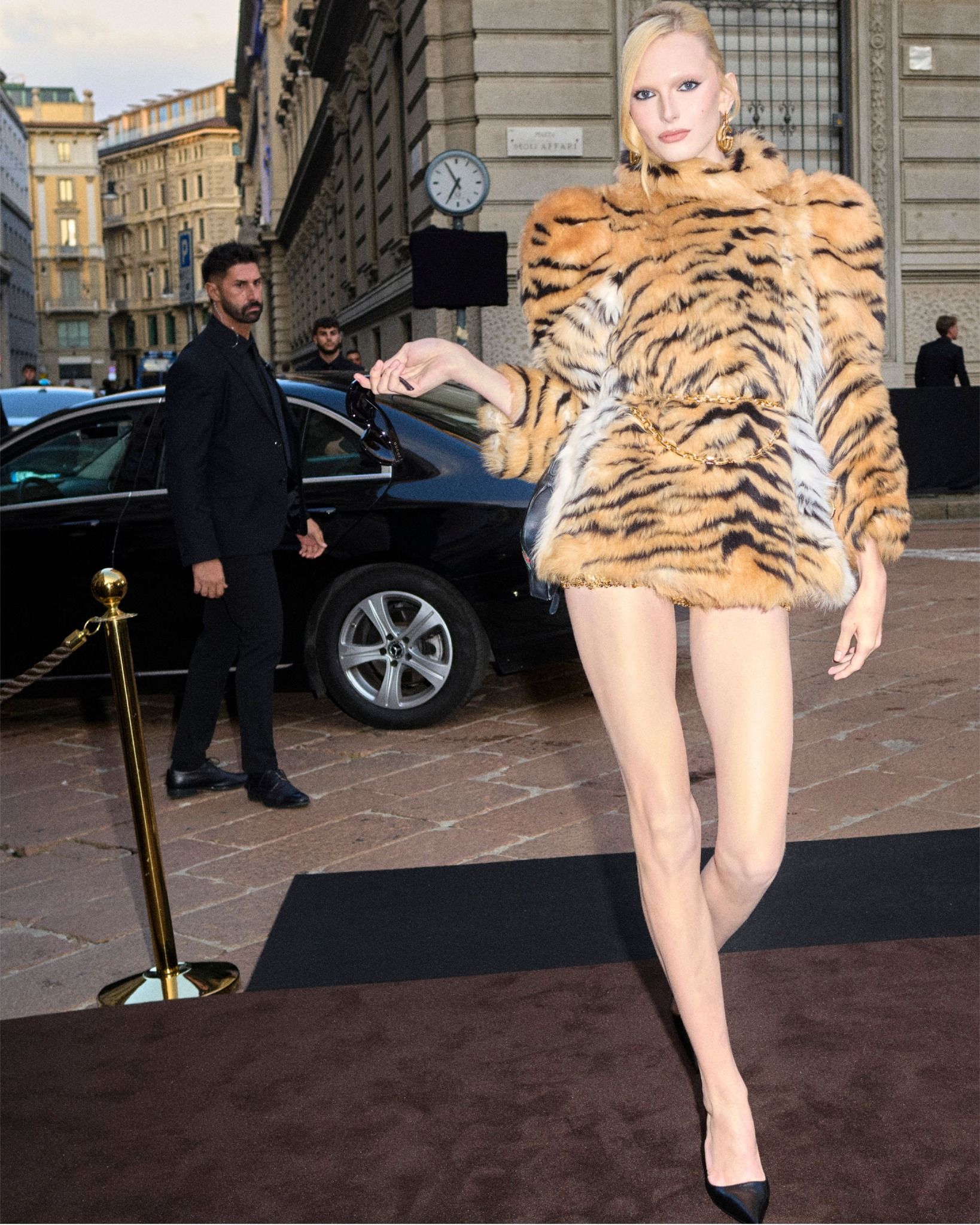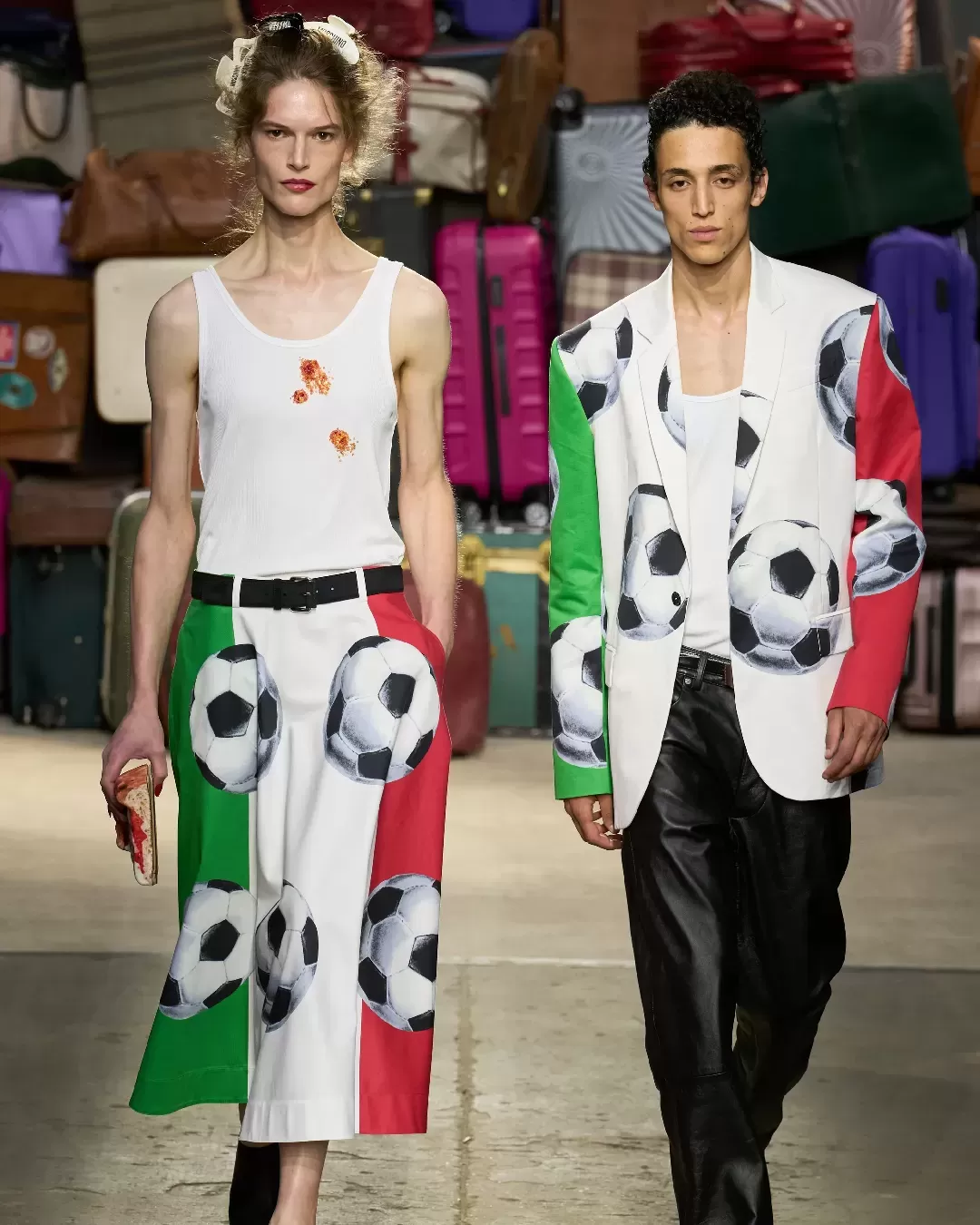
'Italy' is fashion's buzzword of the year Only for marketing, of course
Fashion loves Italy, and Italy loves fashion—one of the most truthful and appreciated stereotypes about the Bel Paese. Quiet luxury, the supply chain crisis, and the general decline in luxury sales have led European brands to question themselves and reflect on what real values drive customers to keep shopping in their stores. With the logomania trend falling to the back row and fast fashion expanding into creating desirable clothing for just one season, luxury is refocusing on craftsmanship, attention to detail, and the exceptional quality of its raw materials. Made in Italy is the reason brands like Cucinelli, Zegna, and Prada continue to record surprising revenues, even during a tough period for the fashion industry. Not only the biggest names in Italian fashion have realized this: brands like Aspesi, Moschino, and of course Dolce&Gabbana have made the word Italy a creative identity, a commercial strategy they rely on every summer. Events, pop-ups, post-ironic graphics, and new openings in the most beloved tourist spots on the Italian coast are proof. But compared to the 1950s and 1980s, when Italy was truly establishing itself for its tailoring, today Italian-ness risks being used more for marketing than for production.
@moschino Love at first bite #MoschinoFW25 #Collezione04 #MFW #Moschino original sound - Bigalandvicky
While many Italian (and non-Italian) brands are capitalizing on Italian identity to boost sales, over the past year the country’s craftsmanship has taken some painful hits. The most obvious factor affecting Italian production has been climate change, with floods and other dangerous weather events damaging some of the largest textile districts in Tuscany and Emilia Romagna. Added to this is a shortage of labor, an issue the government attempted to address in 2023 with the introduction of the infamous “Made in Italy High School,” which, however, did not reach the minimum number of students to form classes. Lastly, the collapse in demand and the rising prices of textiles have led to the closure of many factories in Tuscany, Marche, and Campania. According to MF Fashion, applications for wage support in the artisanal sector have surged in the past two years, with Tuscany reaching peaks of 170% in just twelve months. The footwear sector in Fermo experienced the highest closure rate, with 1,430 businesses disappearing between 2019 and 2024, while in Campania over 300 companies have requested social safety nets. The cherry on top of the supply chain crisis has undoubtedly been the scandals related to manufacturing, which—between outsourced luxury and exploitation allegations—have ultimately tarnished the reputation of Made in Italy. Despite everything, Italy, its sun and its sea still serve as the perfect backdrop for campaigns and capsule collections dedicated to the timeless charm of summer.
Does it make sense to exploit Italy so much if the country's artisanal heritage is at risk of disappearing? Some companies, like Prada Group, Zegna Group, Chanel, and Brunello Cucinelli, are investing in Italian factories and producers (also safeguarding their commercial security, now that every brand is being asked for greater transparency). In January, the Italian government allocated 250 million euros for Made in Italy, and in May approved a new protocol to fight supply chain illegality proposed by Confindustria—two plans partly criticized by Camera Moda for their lack of ambition. In 2025, Italian fashion thus faces a major paradox: on one hand, hundreds of brands are capitalizing on the image of Italy and its artisanal excellence, opening pop-up stores and themed events that leverage the timeless charm of the Bel Paese; on the other, the entire industry is faltering, crushed by a system that isn’t providing the support it needs. Is it possible that the future of Italian fashion lies solely in becoming an influencer? As we now well know, that line of work carries its own risks too.


